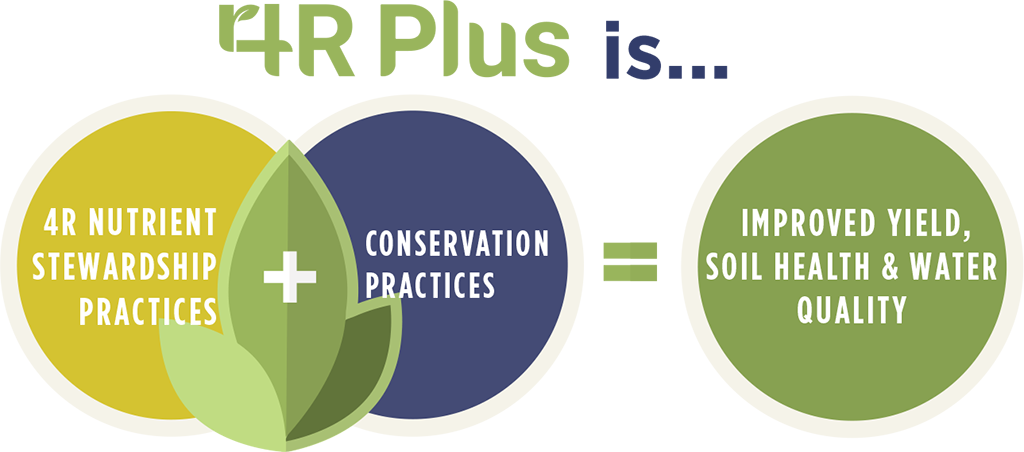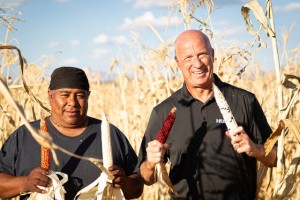
The new 4R Plus initiative adds in soil conservation practices that enhance soil health and improve water quality, with the goal of achieving a more productive crop now and in the future. Strategies advocated include reducing tillage, planting cover crops, and adding structures such as contour strips, grass waterways, and stream buffers or terraces. The goal is to reduce or completely eliminate the negative impacts of fertilizer use associated with nitrogen leaching and phosphorus runoff into lakes, rivers, and watersheds.
A business case is made that it is in growers’ best economic interests to implement these practices, which can lead to increased productivity, profitability, and resiliency—along with increased land value for the next generation. Here is a video that provides an overview of the initiative:
Huma Gro® products fit perfectly into the 4Rs and 4R Plus initiatives, particularly because of our proprietary Micro Carbon Technology® that makes our liquid fertilizers more effective and efficient (a 5th R, Right Nutrient Carrier), and also because they allow growers to “spoon feed” nutrients to crops at the exact point in the crop growth cycle when specific nutrients are needed, eliminating much fertilizer waste.
Click on the “Learn More About Our Products” button below to have a Huma Gro® Sales Representative contact you and explain how we can help your farm succeed in the 4R Plus movement.
Related Posts

This Week in Ag #41
This is American agriculture’s big week – Thanksgiving! Our celebration of food takes center stage on family dining tables from sea to shining sea. Not only do we honor the 1% who currently feed us, we also reflect upon the many contributions of the original American agriculturalists, our Native Americans. For starters, they saved the Pilgrims from starvation during their first years in the New World. The Wamponoag tribe utilized their famous “Three Sisters” cropping practice: corn, beans and squash.

The Great Beef Brawl: Cowboys vs. Politicians
Tempers flared across the beef belt last week as news broke that the U.S. may import Argentine beef, and ranchers weren’t having it. What followed felt like an old western saloon brawl between cowboys and politicians, complete with economic punches, market swings, and a whole lot of pride on the line.

This Week In Ag #96
The greatest event in history took place at a farm setting, in a stable. The first to bear its witness were farmers, the shepherds. Merely coincidences? I think not. Here’s wishing you a Very Merry Christmas!

